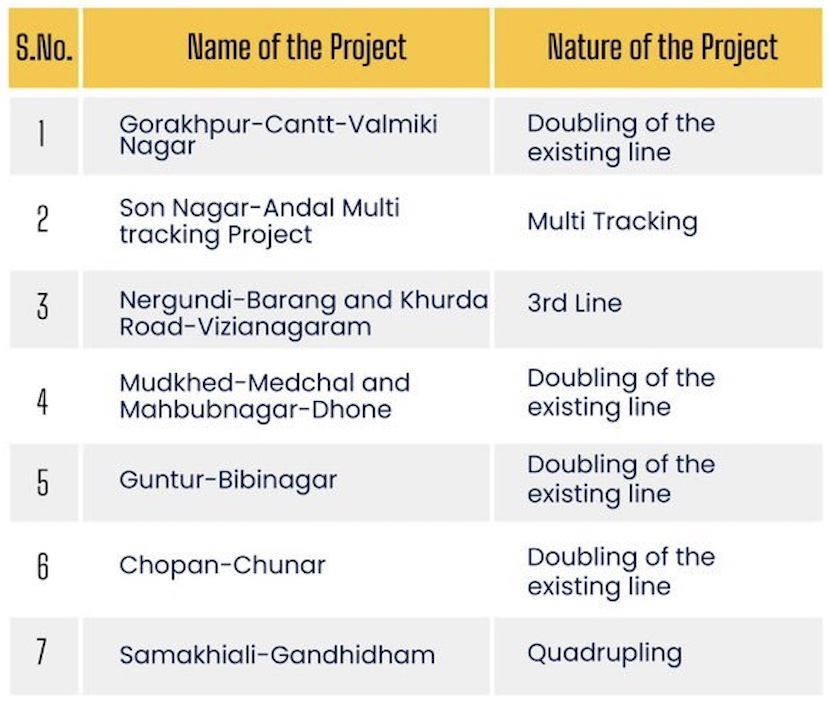New Delhi: The Union Cabinet, presided over by Prime Minister Narendra Modi, on Wednesday approved seven multi-tracking projects of the Ministry of Railway, including the Nergundi-Barang & Khurda Road-Vizianagaram 3rd Line in Odisha, marking an investment of Rs 32,500 crore.
These fall under PM-Gati Shakti National Master Plan Multi-model Connectivity and will be taken up with 100% funding from the central government, official sources said.

Addressing a presser, Rail Minister Ashwini Vaishaw said that the projects are intricately interconnected and should be viewed holistically, as they collectively contribute to the modernisation of Indian Railways. He added that the upcoming multi-tracking projects will cover 34 districts in nine states of India, which includes Uttar Pradesh, Bihar, Telangana, Andhra Pradesh, Maharashtra, Gujarat, Odisha, Jharkhand and West Bengal.
A major portion of the 385-km-long third line between Nergundi-Barang and Khurda Road-Vizianagaram section comes under Odisha. The project at a cost of Rs 5,618 crore will cover 184km in Bhadrak, Jajpur, Khurda, Cuttack and Ganjam districts and 201km in Andhra Pradesh’s Srikakulam, Vizianagaram and Visakhapatnam. It will have 2-km-long bridge over river Mahanadi. Other major bridges will come up on Birupa (488m), Kathjori (822m), Rusikulya (457m), Bansadhara (410m) and Kuakhai (822m).
“The capacity of the Howrah-Chennai mainline in the east coast needs to be enhanced to handle busy traffic. This is an important trunk route for transportation. Work on the third line from Howrah to Bhadrak and Cuttack is under way. Now, we have approved the third line till Vizianagaram. A detailed project report (DPR) will be prepared for a third line from Visakhapatnam to Chennai,” said Vaishnaw.
The project help bring domestic coal to south India through rail route from Talcher, coal from Paradip and Gopalpur ports to steel plants, raw material (clinker, pet coke etc) for cement plants from Paradip port. It will also benefit export of steel from various steel plants and lead to faster movement of iron ore from mines in Keonjhar district to various ports, official sources said.
Besides giving a boost to railway infrastructure and increasing the existing network of Indian Railways by 2339 km, the projects would augment freight capacity, accommodating approximately 200 million tonnes of additional freight traffic annually, and provide employment to 7.06 crore person-days to the people of the states.


